Head out to new frontiers in the pocket-sized Project Safari off-road supercar
Project Safari is the first venture from Get Lost Automotive and represents a radical reworking of the original 1990s-era Lotus Elise
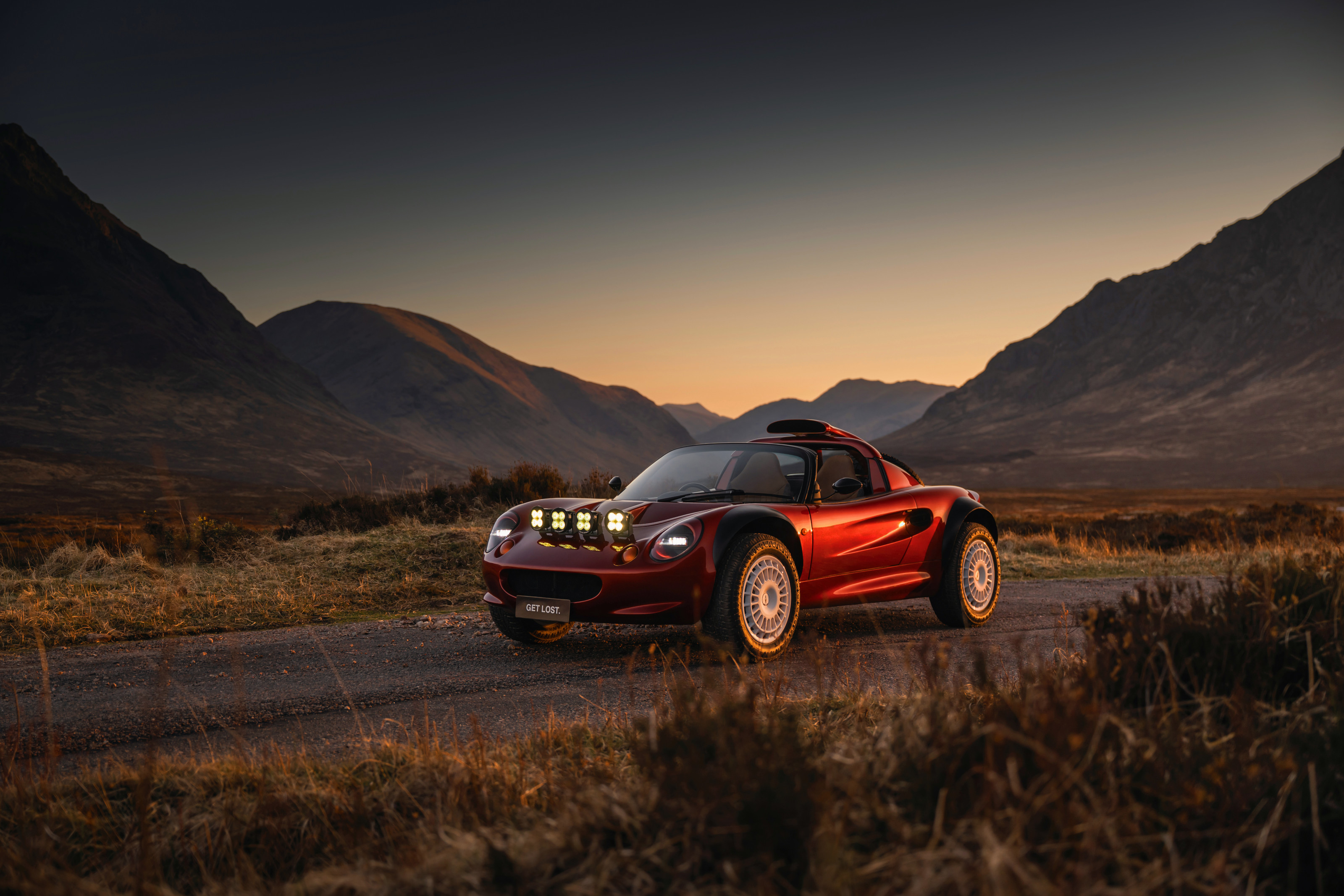
And now for something completely different. This is the Project Safari, the first project from the brusquely named Get Lost. A radical reworking of the first-generation Lotus Elise, it's the creation of automotive photographer George Williams. The fully functional one-off was the result of a quest for true driving enjoyment, whatever the terrain.
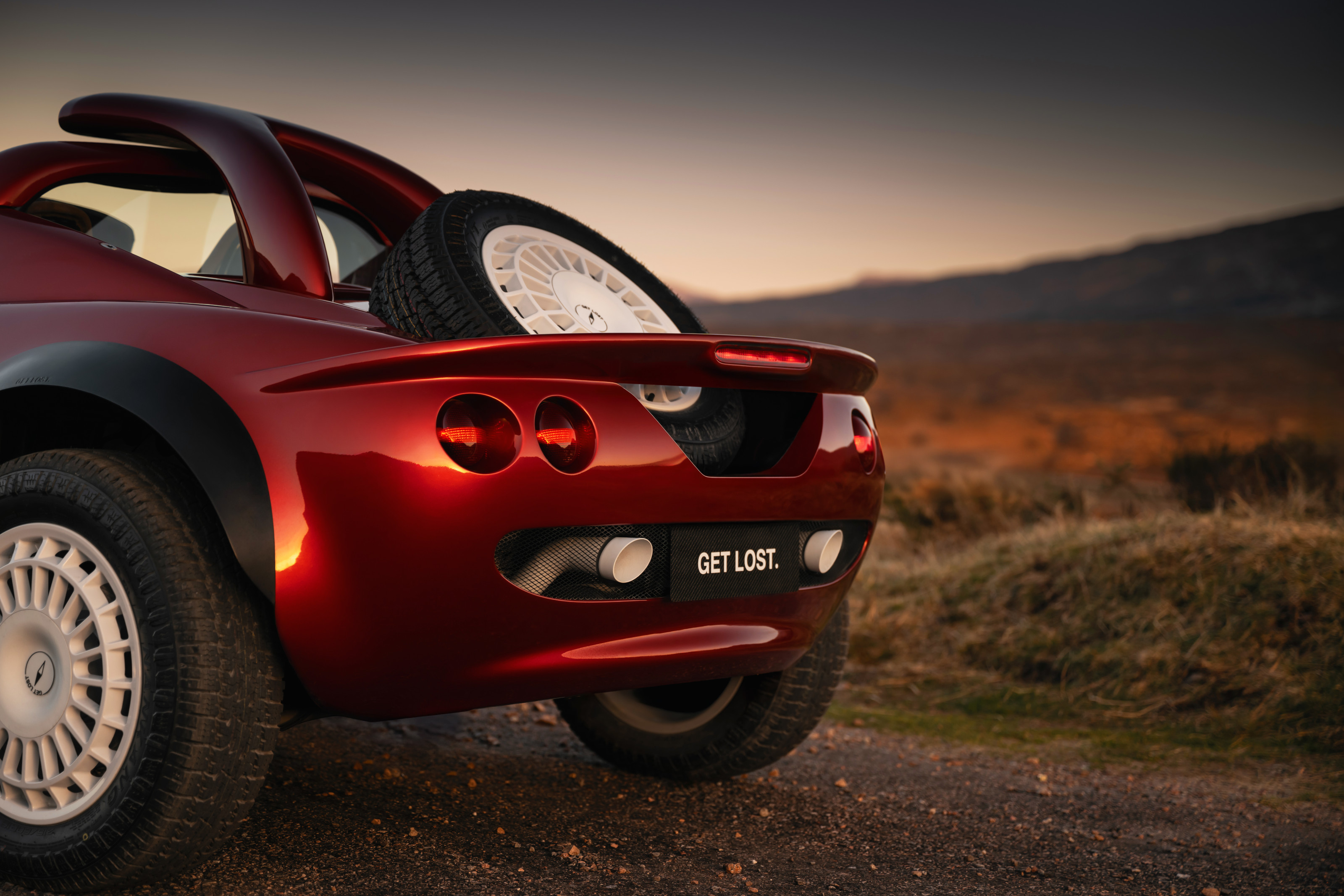
Project Safari from Get Lost Automotive
As you can see from the imagery, Project Safari has been thoroughly lifted and bolstered for off-road excursions. The little Elise, which debuted in 1996, now has a cult following for its dynamic verve and well-pitched performance. By amping up the tyres and suspension, complete with bespoke, chunky wheel arch extensions, Project Safari taps into the ongoing vogue for off road performance. Cars like the Lamborghini Huracán Sterrato, Porsche 911 Dakar, and even Morgan's one-off Plus Four CX-T all take on-road focused machines and extend their capabilities to the world of dune bashing and dirt track racing.
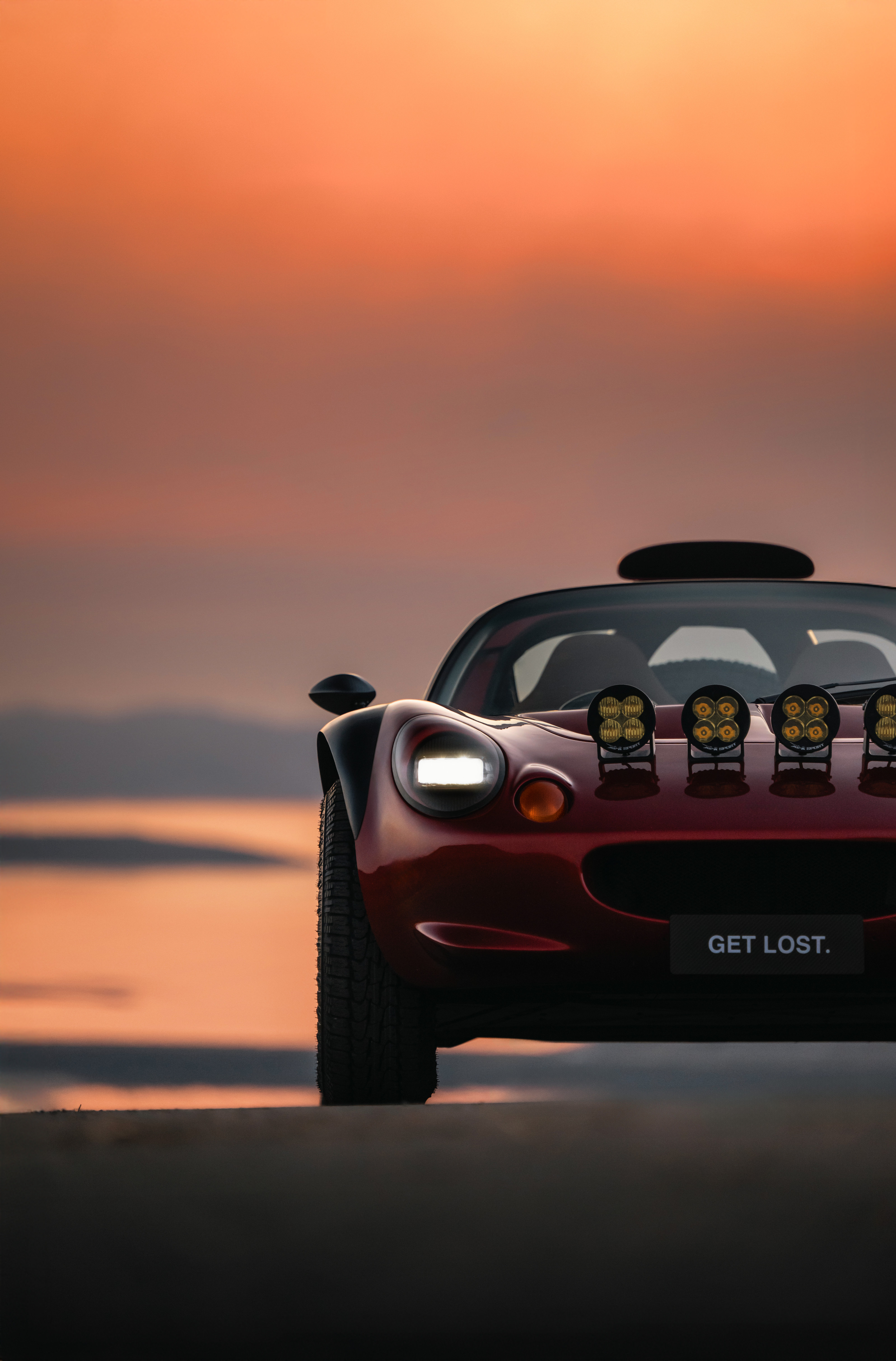
Project Safari from Get Lost Automotive
In addition to the raised suspension and upgraded components, Project Safari has also been ruggedised to better cope with gravel and dust and there’s a full complement of dynamic driving ‘enhancements’, like a limited-slip differential, a hydraulic handbrake and all-terrain tyres The chunky, purposeful stance is further enhanced by the rear-mounted spare wheel, roll bar and prominent air scoop.
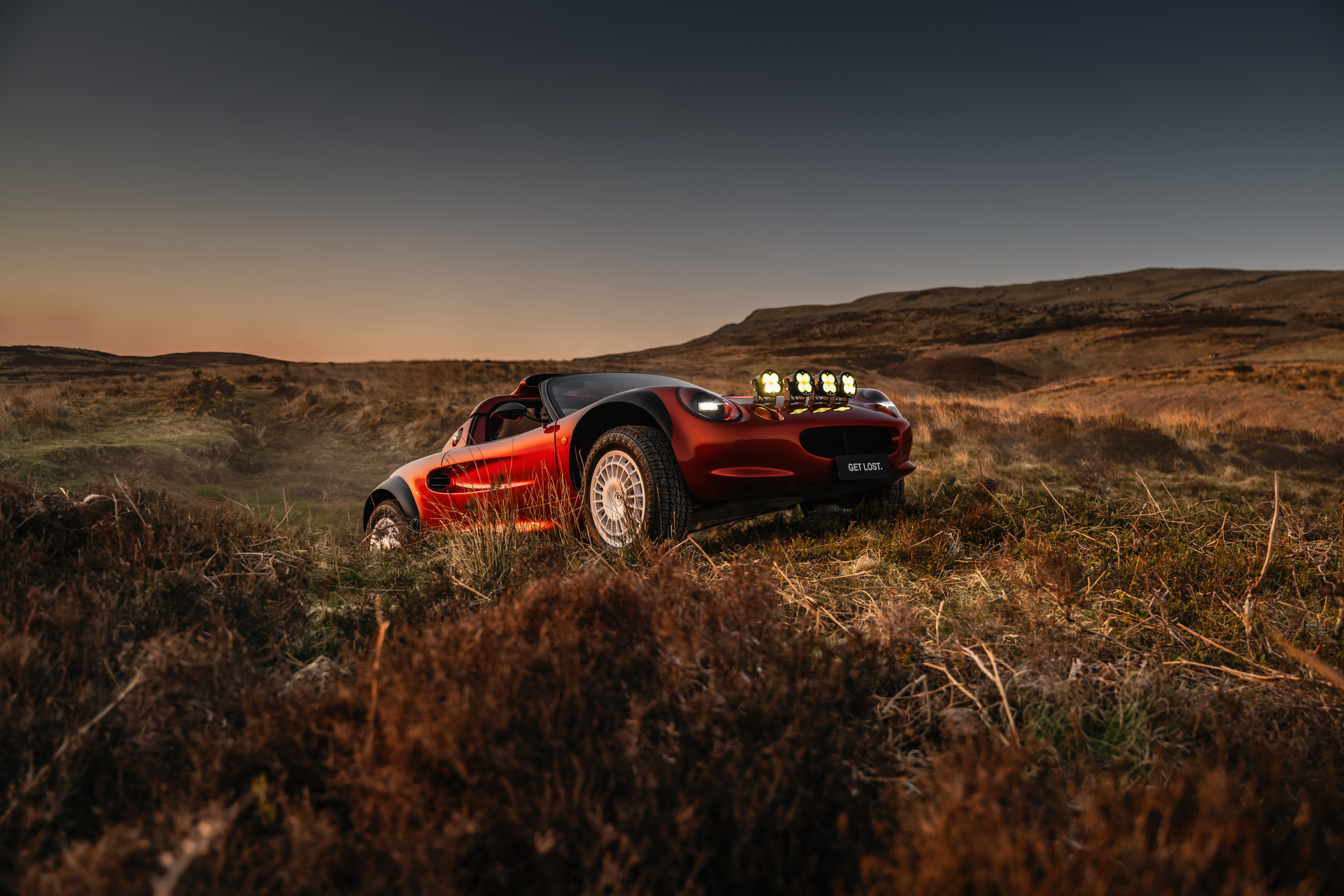
Project Safari from Get Lost Automotive
Inside, there’s a redesigned interior which adds a bit more space than the regular car (a bit of a tight squeeze for the taller driver). Finally, there’s an array of ultra-bright LED driving lights mounted on the front bonnet, paired with new square LED headlights.
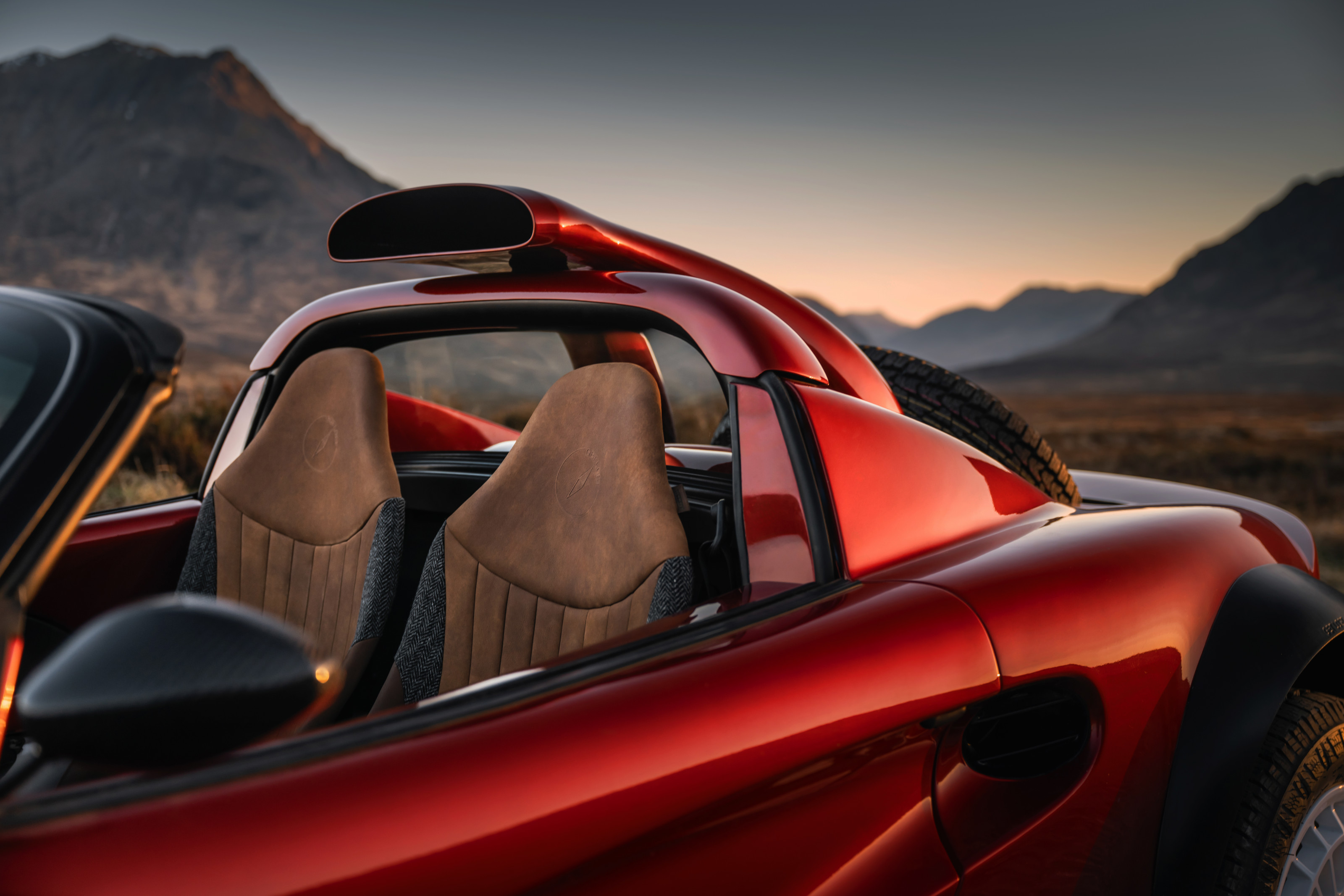
Project Safari from Get Lost Automotive
All this is dedicated to what Wiliams describes as the ‘simple pursuit of creating a car that’s fun.’ The Surrey-based company is open to enquiries from interested parties who want to create a Safari of their own. ‘The idea of taking an Elise off-road might sound ridiculous, and that’s exactly why we leaned into it,' says Williams, ‘That one silly idea gave us real creative freedom. Every element was considered from the ground up, not just to look good in isolation, but to enhance the character and capability of the entire car. It wasn’t enough for the car to look good - it had to be brilliant to drive too.’
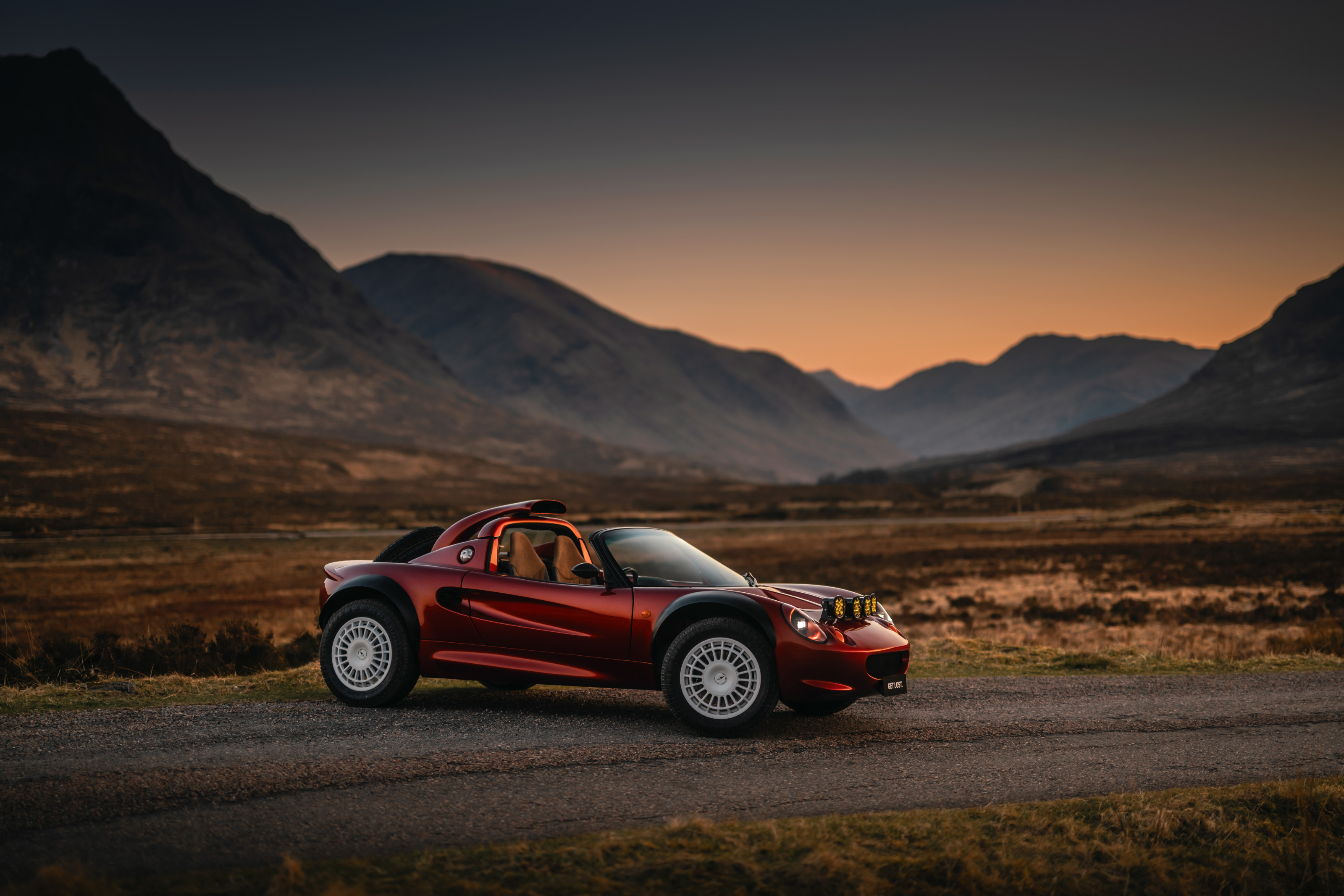
The original Elise, designed by Julian Thomson (now head of the new General Motors UK Advanced Design Studio), was powered by a modest 1.8 L Rover K-series engine. Project Safari has a ‘new powertrain’, as yet unspecified, which should help the new car match the performance of the original, despite the weight of the additional kit.
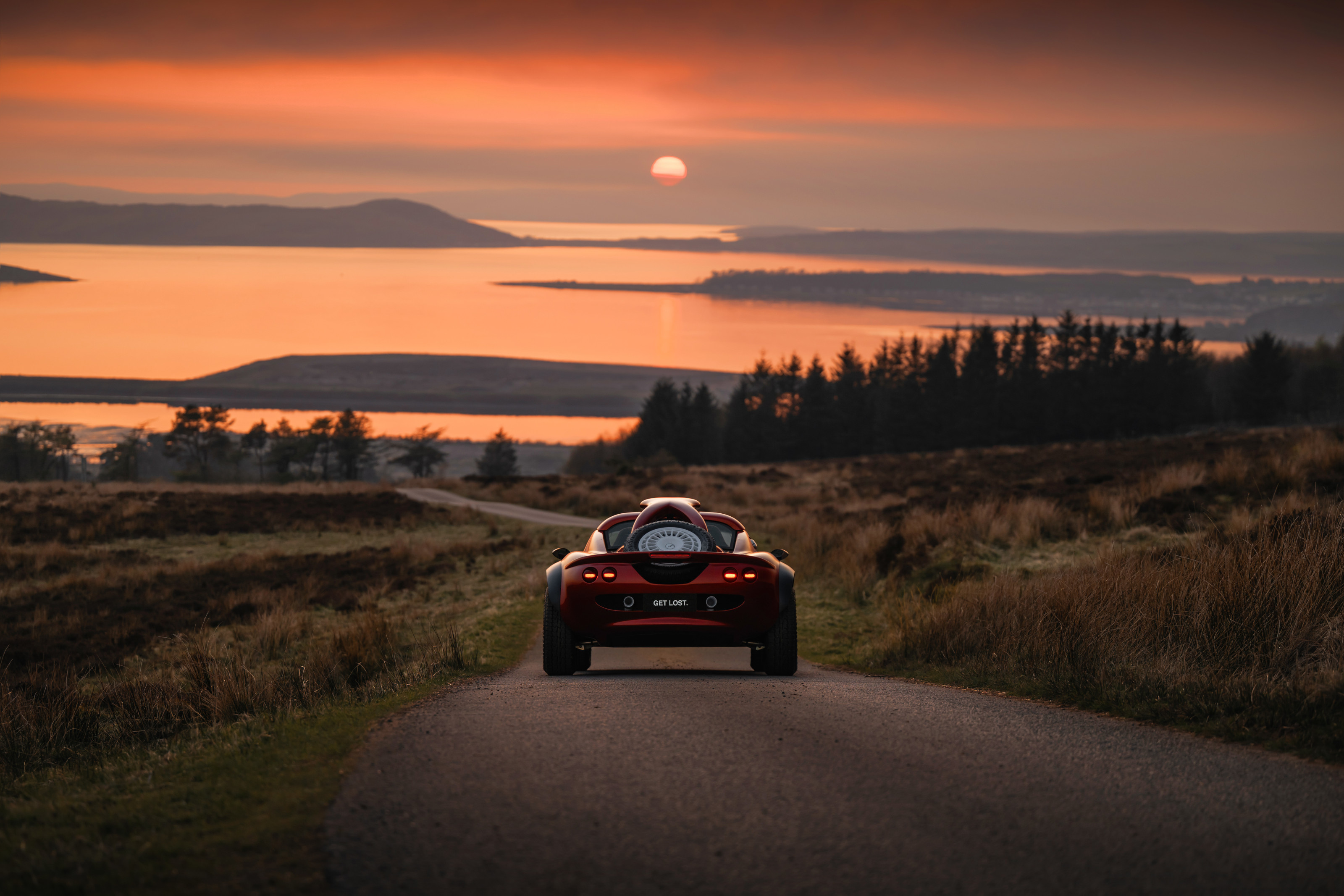
Project Safari from Get Lost Automotive
‘This is not a modified Elise, it’s our interpretation of what the platform had to offer,’ Williams concludes, ‘Everything has been considered - from the design to the drive - all in the pursuit of creating something that’s fun. If you get it, you get us. If not? Get Lost.’
Wallpaper* Newsletter
Receive our daily digest of inspiration, escapism and design stories from around the world direct to your inbox.
Project Safari, enquiries to GetLostAutomotive.com, @GetLost.Automotive
Jonathan Bell has written for Wallpaper* magazine since 1999, covering everything from architecture and transport design to books, tech and graphic design. He is now the magazine’s Transport and Technology Editor. Jonathan has written and edited 15 books, including Concept Car Design, 21st Century House, and The New Modern House. He is also the host of Wallpaper’s first podcast.
-
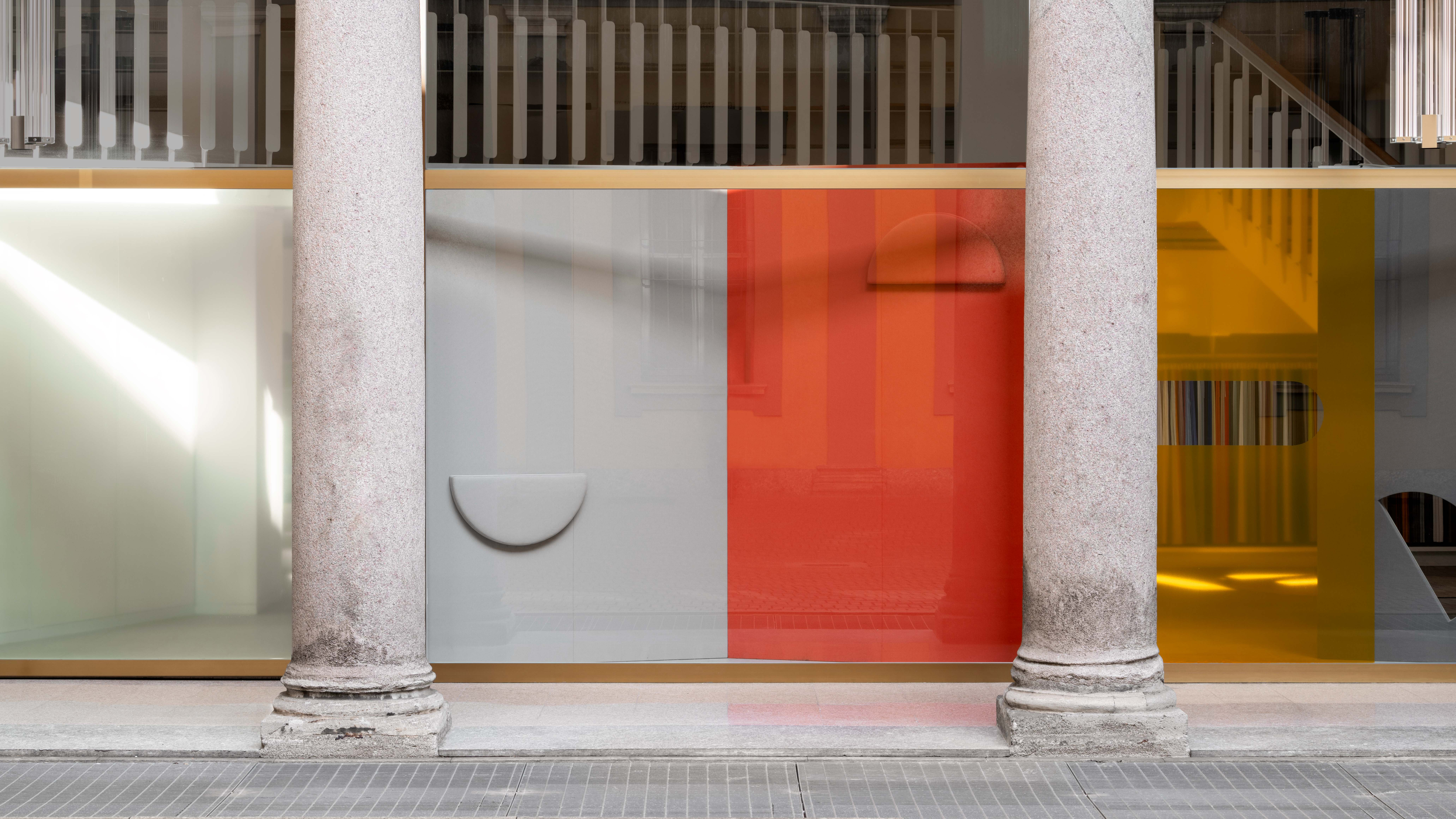 Kapwani Kiwanga transforms Kvadrat’s Milan showroom with a prismatic textile made from ocean waste
Kapwani Kiwanga transforms Kvadrat’s Milan showroom with a prismatic textile made from ocean wasteThe Canada-born artist draws on iridescence in nature to create a dual-toned textile made from ocean-bound plastic
By Ali Morris
-
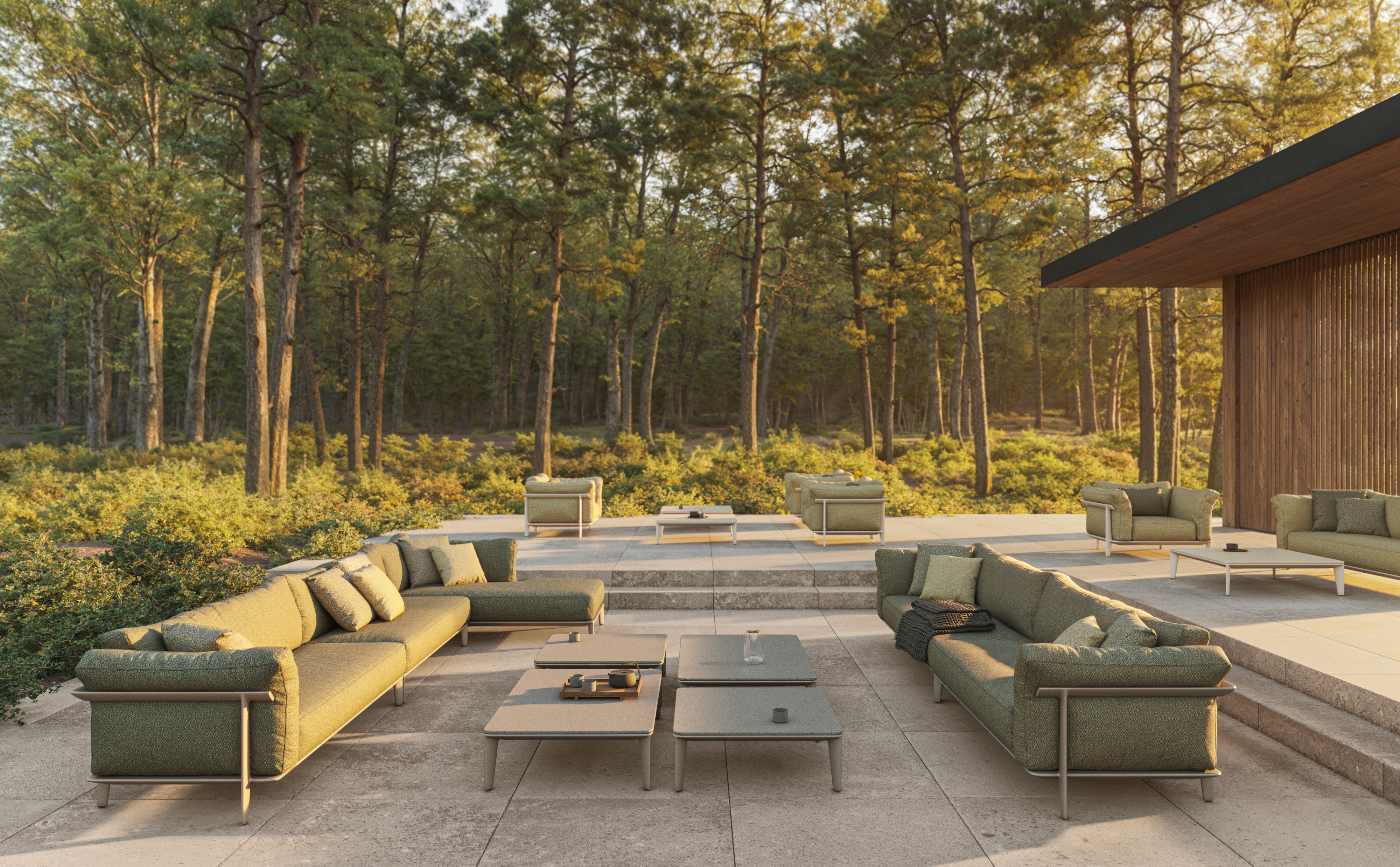 This new Vondom outdoor furniture is a breath of fresh air
This new Vondom outdoor furniture is a breath of fresh airDesigned by architect Jean-Marie Massaud, the ‘Pasadena’ collection takes elegance and comfort outdoors
By Simon Mills
-
 Eight designers to know from Rossana Orlandi Gallery’s Milan Design Week 2025 exhibition
Eight designers to know from Rossana Orlandi Gallery’s Milan Design Week 2025 exhibitionWallpaper’s highlights from the mega-exhibition at Rossana Orlandi Gallery include some of the most compelling names in design today
By Anna Solomon